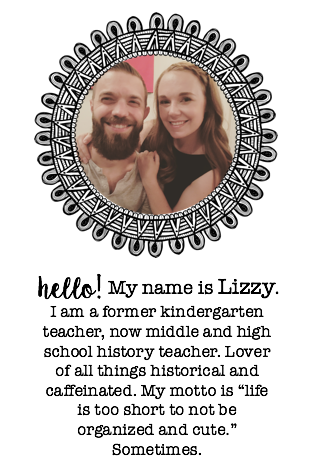I don't know about you, but when I first saw Reagan Tunstall's sight word stick centers, I was immediately smitten. I knew this was something I wanted to add to my word work center. I love low maintenance activities that really help students master their sight words.
First go ahead and gather those sticks. My curriculum at this point of the year introduces 6 sight words a week. I write this week's sight words on one end of the sticks and the lesson (27) on the other.
But what do you do with all the sticks? How to keep them? Where to put them? Here is my solution:
I find that 4 students per daily 5 choice is about the max I can handle without going crazy! (so much NOISE) So I have 4 sets of sticks, and each have their own cup in the "Work on Words" tub.
I make sure to assign each set it's own color so that the students can easily know whose sticks are whose, no matter how many friends are at the center and how mixed up the sticks get. I can also easily pull out the sticks from weeks ago that the students hopefully have mastered already because I have the lesson number on the other end of the stick.
Now, how do I store all these sticks you ask? Well, each lesson gets its own snack sized baggie baggie with the lesson number on it. I find these are the perfect size for the sticks. Then I put all four sets of sticks from the lesson together. Even though they are mixed up, they are easy to separate by color and put into the correct cups.
Then all the snack sized baggies containing each lesson's words go together in a quart sized bag labeled with the unit on it. My units have 4 lessons that introduce new sight words and a review lesson. So each quart baggie just has 4 snack baggies. Easy to find what I need.
I can also easily fit all 6 unit bags into a gallon sized bag with the whole year's worth of sticks.
I simply keep this bag at the back of my file cabinet where I store all my other Journey's materials and pull what sticks I need or file away the old sticks as needed. Depending on your file system, you could even just put the baggies in a hanging file, but I'm a little tight on space and can't stand for things to fall out of the folders. So a baggie works best for me.
I easily finished the second half of my year's sight word sticks in one sitting. And I have WAY less during the first half of the year, so this was an easy project to complete in one planning period and a few minutes after school. And I feel SO good knowing I'm ready for next year. I don't know about you, but I'm all about easy and the more prepared I am, the easier my day goes.
Hopefully this helps you, or at least gives you an idea about how to go about getting together your sticks in order! I am hoping to get out another post about how I organize all the papers for this center soon! I highly recommend this product. My kids are loving it and so am I!!
- 9:26 AM
- 0 Comments





.jpg)












